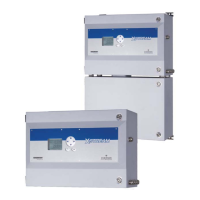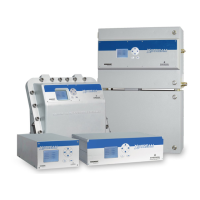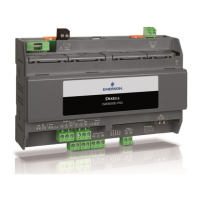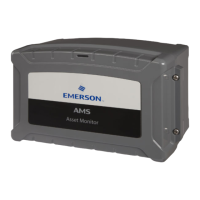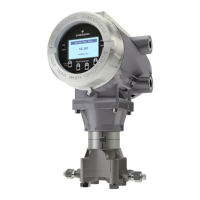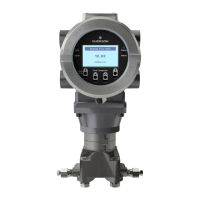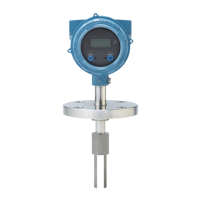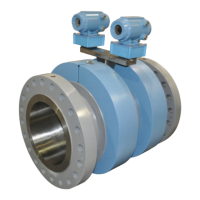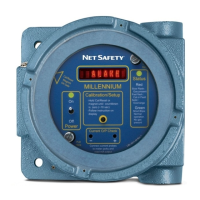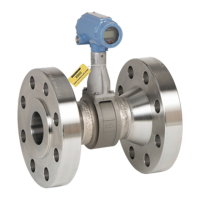Do you have a question about the Emerson X-STREAM XE and is the answer not in the manual?
Specifies the intended industrial applications and limitations for X-STREAM XE analyzers, prohibiting medical or safety device use.
Highlights residual risks and essential safety precautions during operation, emphasizing adherence to instructions.
Details technical data specific to each X-STREAM model (XEGK, XEGP, XEXF, XEFD), including dimensions and specifications.
Details measurement principles for oxygen concentrations using paramagnetic, electrochemical, and trace oxygen sensors.
Provides general safety warnings and site requirements for analyzer installation, emphasizing electrical safety.
Covers electrical safety warnings and connection procedures for power and signal cables, emphasizing grounding.
Covers checking and configuring various settings like display, calibration, installed options, and communication parameters.
Recommends performing zero and span calibrations after startup for proper measuring results, referencing detailed procedures.
Allows changing basic analyzer settings including display, calibration, inputs/outputs, communication, and alarms.
Provides access to detailed status information for alarms, measurements, calibration, and operation hours.
Details the procedure for performing a leak test on the gas path system to ensure proper measuring results.
Explains different calibration methods (Manual, Advanced, Remote, Unattended) and their importance for analyzer function.
Provides safety instructions and procedures for replacing electrochemical oxygen and trace moisture sensors.
Describes NAMUR status messages, their potential causes, and recommended actions for resolving analyzer issues.
Lists common faults not detectable by software, offering hints on potential causes and solutions for instrument issues.
Provides information on checking and replacing internal components, requiring qualified personnel and special tools.
| Analyzer Type | Gas Analyzer |
|---|---|
| Enclosure Rating | IP54 |
| Accuracy | ±1% of full scale |
| Measurement Technology | Paramagnetic, Electrochemical |
| Mounting | Rack Mount |
| Operating Temperature | -20 to 50 °C |
| Power Supply | 100-240 VAC |
| Communication Protocols | Ethernet, Modbus |
| Display | LCD |
| Measurement Range | Dependent on the component and configuration |
| Outputs | 4-20 mA, Relay |
